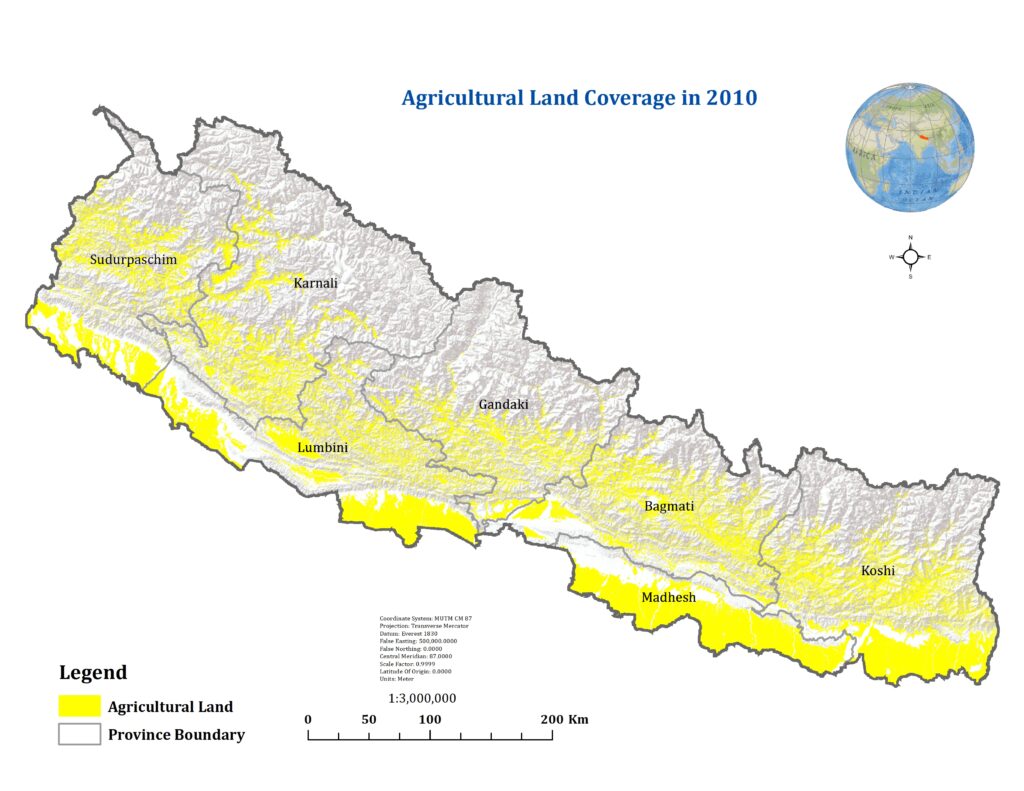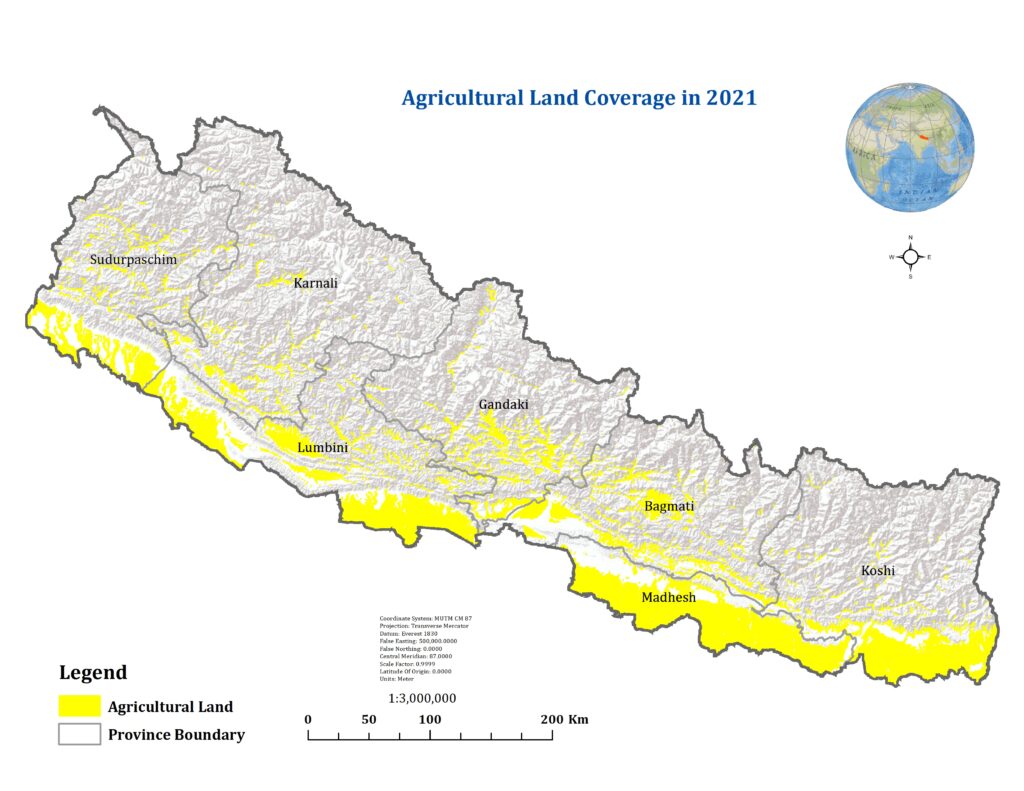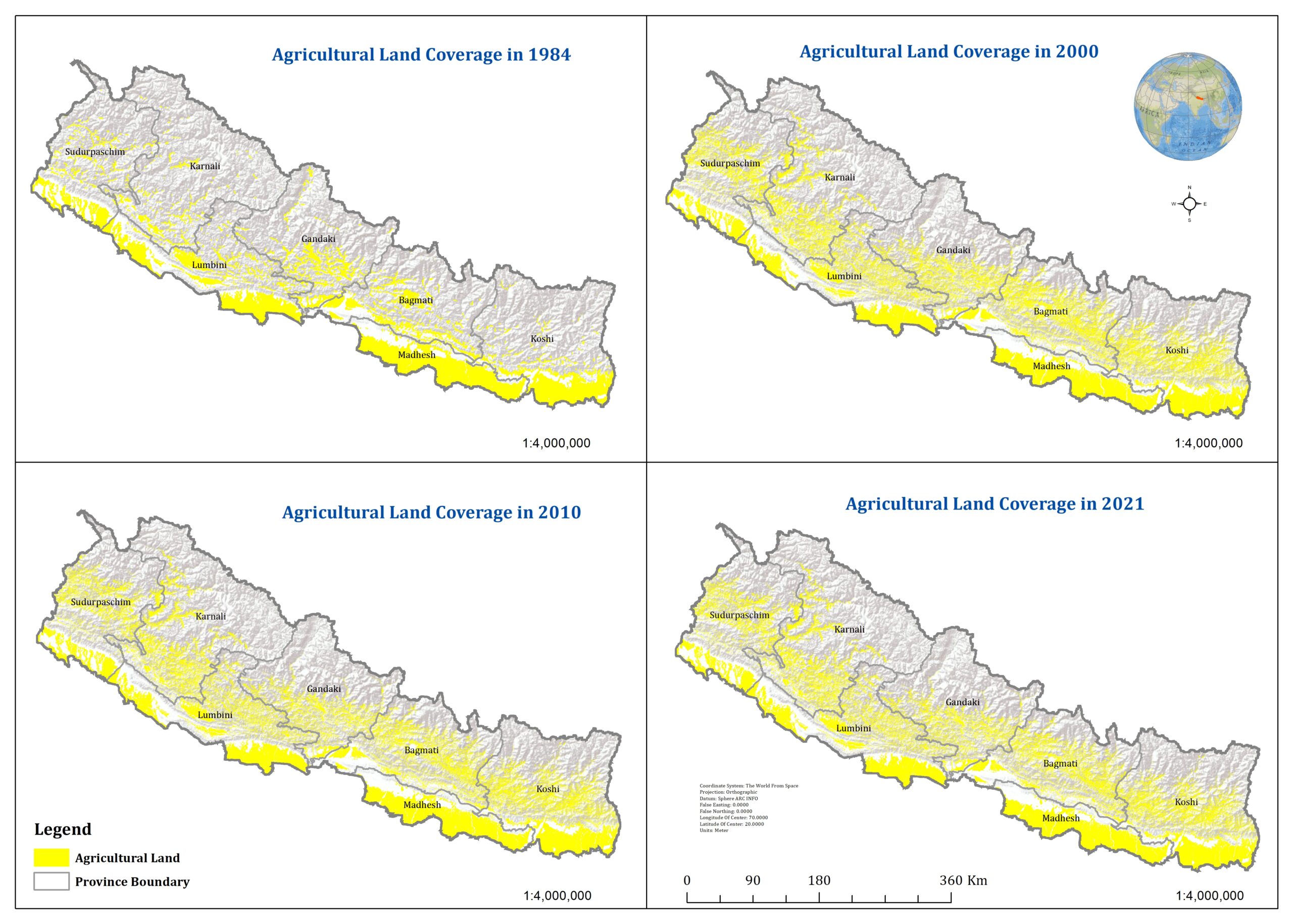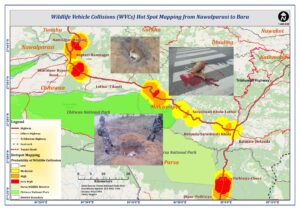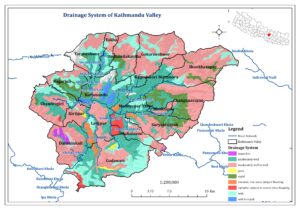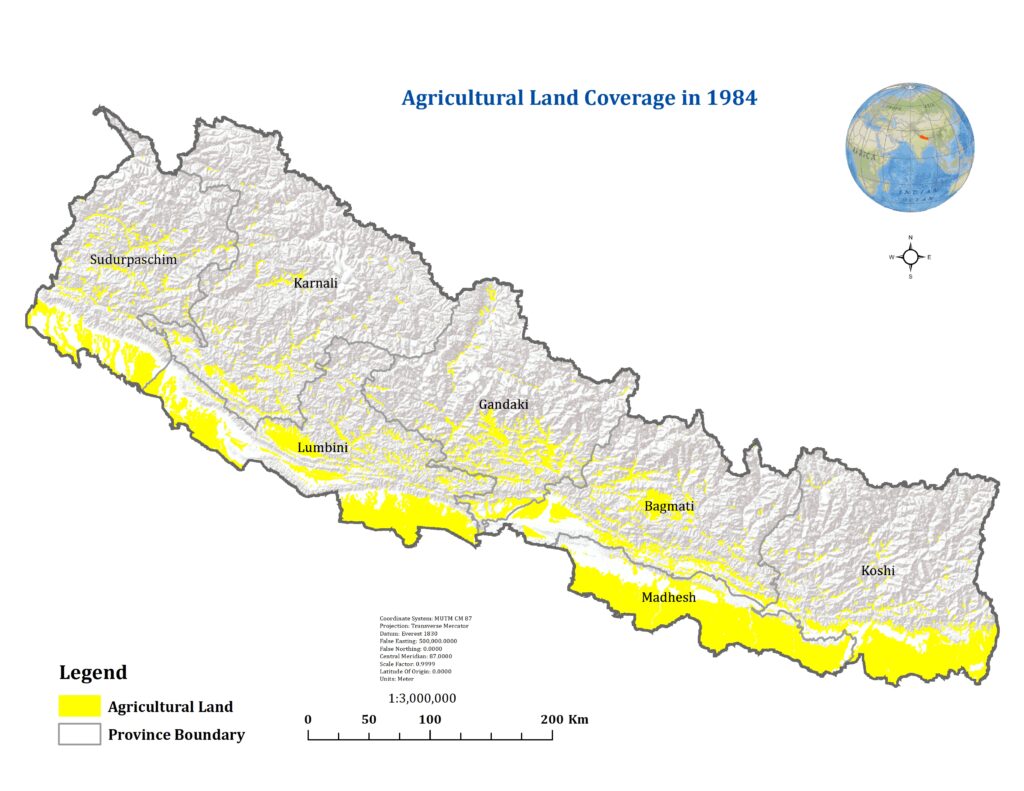
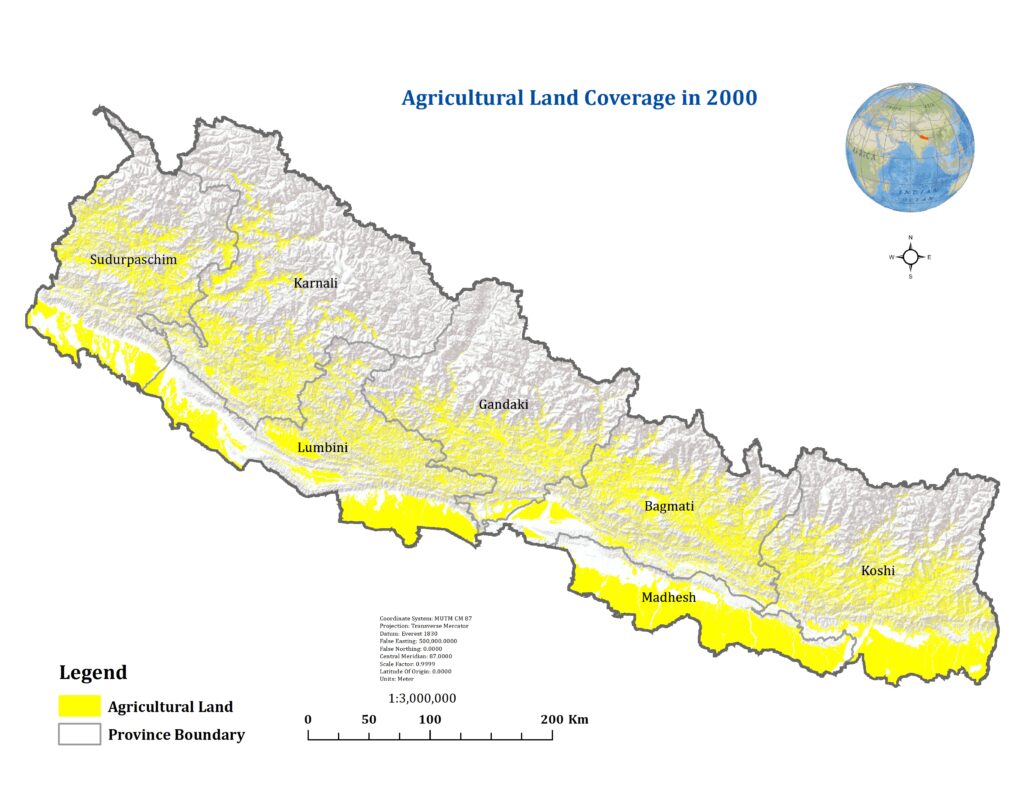
Agricultural Land Use in Nepal 1984 to 2021
1. Holiday Cooking Mishap and Agricultural Curiosity
Agricultural Land Use in Nepal 1984 to 2021 starts with Today is a holiday (Saturday), and I decided to venture into the kitchen to cook. Our community places a high value on meals, and rice is a staple for both lunch and dinner. As I prepared to cook, I discovered an alarming problem—mites in the rice I had bought from the grocery store. Locally, we refer to these mites as “Ghoon.” Although the rice packets showed a valid manufacture date, they were infested with these tiny mites.
This led me to a crucial realization: despite the valid shelf life, the presence of mites indicated a problem with the rice. Initially, I contemplated that the rice might be organic. Typically, organic products are less treated with harmful chemicals, which could explain the presence of insects. This made me think that the rice, originating from a part of Terai, might be relatively chemical-free. However, this incident also highlighted the necessity of carefully checking the manufacture and expiry dates before purchasing.
2. Agricultural Land Cover Data Analysis from 1984 to 2021
Agricultural Land Use in Nepal 1984 to 2021 having a lunch, as I continued with my regular tasks, a question lingered in my mind: how much agricultural land is available in Nepal? This curiosity prompted me to delve into data about the agricultural land coverage in Nepal over the past few decades. In 1984, the agricultural land area was 22,988 square kilometers. By 2000, it had increased slightly to 23,540 square kilometers. However, by 2010, there was a decrease to 21,800 square kilometers.
This downward trend continued, and by 2021, the agricultural land area had further reduced to 21,137 square kilometers. This data highlights a fluctuating yet overall declining trend in the availability of agricultural land in Nepal from 1984 to 2021.This steep decline poses significant concerns about food security in Nepal. It begs the question: what are the underlying reasons for this decrease, and what can be done to mitigate its effects?
3. Focus on Remote Areas and Integrating Agriculture with SDG 2030
Agricultural Land Use in Nepal 1984 to 2021 is the approach to achieving Sustainable Development Goal (SDG) 2030, which includes zero hunger, must be multifaceted. This means integrating agricultural development with environmental conservation. Reforestation and soil conservation projects can help maintain the ecological balance, ensuring that agricultural land remains fertile and productive.
Agricultural Land Use in Nepal 1984 to 2021 focus on collaborative efforts are essential for success. Government agencies, local communities, international organizations, and private sectors must work together to create a resilient agricultural system. Innovative solutions, like the use of technology in farming (precision agriculture), can optimize resource use and boost productivity.
4. Factors Contributing to Agricultural Land Reduction and Importance of Coordinated Action
Agricultural Land Use in Nepal 1984 to 2021 emphasize the understanding the causes of this decline is essential. Factors could include urbanization, industrialization, and perhaps changes in land use policies. To address this, local bodies, the National Planning Commission (NPC), NGOs, and INGOs working in the agricultural sector need to take coordinated action.
Agricultural Land Use in Nepal 1984 to 2021 needs immediate step is to strengthen policies that protect agricultural land from being converted to non-agricultural uses. This could involve stricter regulations and incentives for landowners to maintain agricultural production. Furthermore, investment in sustainable farming practices can enhance productivity on the available land, reducing the pressure to convert more land for agriculture.
Education and support for farmers are also crucial. Programs that provide training on modern farming techniques, access to high-quality seeds, and financial assistance can help improve crop yields. Moreover, promoting the use of organic farming can ensure that the produce is not only abundant but also healthy and sustainable.
In remote areas of Nepal, where food security is particularly precarious, specific measures are needed. Improving infrastructure, such as roads and irrigation systems, can facilitate better access to markets and resources. Establishing community storage facilities can reduce post-harvest losses, ensuring that more produce reaches the market and consumers.
5. Urgency of Action for Food Security in Nepal and Commitment to Sustainable Development
Agricultural Land Use in Nepal 1984 to 2021, In conclusion, the startling decline in agricultural land in Nepal demands immediate and concerted efforts to secure food security. By protecting agricultural land, investing in sustainable practices, supporting farmers, and fostering collaboration, Nepal can pave the way toward achieving SDG 2030. It is a challenge that requires everyone’s participation and commitment to ensure a stable and food-secure future for all Nepali people.
